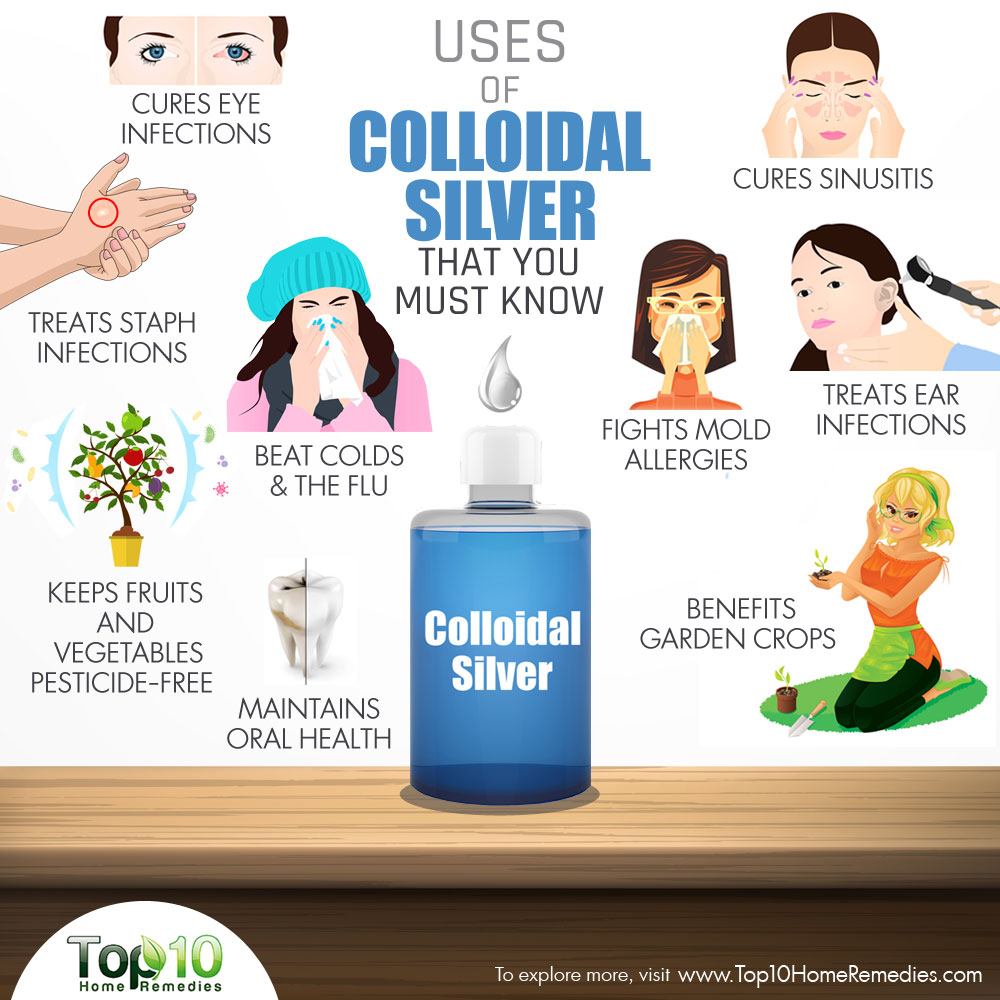
Intestinal parasites are different species of worms that inhabit our digestive system. Intestinal parasites are not only a problem in third world nations due to the poor sanitation, but even in industrialized western countries, parasites are a very real problem.
The Cleveland clinic reports that over 60 million people in the US have an intestinal parasite and 25% have a parasitic infection worldwide (around 2 billion people) I suspect the statistics are a conservative number of the actual number of infections, because they are confirmed instances of infection and not the unknown/unreported cases.
Some health experts have stated that around 70% of parasites that are excreted aren’t visible to the naked eye and can still cause problems despite their smaller size. It is also possible to harbor intestinal parasites without exhibiting any symptoms of an infection. Below I’ll discuss different symptoms of a potential parasitic infection and I’ll outline remedies to purge parasites from the digestive system.
Symptoms of a parasitic infection
According to Mount Sinai and the Cleveland Clinic, intestinal parasitic infection side effects include the following:
Abdominal pain
Diarrhea
Fatigue
Nausea
Unexplained weight loss
Brain fog
Allergies/food intolerances
Headaches/migraines
Blood glucose dysglycemia(irregular blood sugar)
Some additional symptoms are: weight gain, joint pain, skin issues, irritability, depression, insomnia, anxiety, and irritated/itchy private parts.
Full moon and increased parasitic activity
Each month during a full moon, parasites increase their activity and reproduce. On March 14 in a few days, there will be a full moon.
This full moon is called the “worm moon” interestingly enough. A full moon is an advantageous time to do a parasite cleanse because of the increased activity of the parasites in our digestive system, which increases the likelihood of purging them from the body. Some speculate that the serotonin levels within parasites spike during the full moon phase of a lunar cycle. This in turn increases their activity and reproduction rate.
Parasites have an affinity for certain substances in our bodies. One thing a parasite loves to consume is sugar. If you’re ever feeling a sugar craving it could be caused from parasites invoking a response to give them their food. Parasites also like to consume iron as well. Anemia can be problematic for those with a long term infection after parasites have depleted ferritin from the iron stores.
Herbs that purge parasites
Some extremely powerful herbs(yeah, yeah, plants can provide benefits, Mr. Carnivore-ha-ha). A few herbs that are effective for killing parasites are: black walnut, wormwood, garlic, and oregano.
Many of these herbs are good for certain types of parasites and often times are mixed in a tincture for maximum effectiveness. I’ve personally used the “now foods” green black walnut wormwood complex. You can purchase on Amazon for a decent price and it has worked well for me personally.
Consuming 1-2 droppers prior to a meal and 1-2 droppers before bedtime and continue the regimen for a few weeks, take a one week break, then continue for another week. Now is a great time to give a cleanse a try before the full moon in a few days. Give it a try to see how much better you’ll feel after the cleanse is done. During the cleanse there can be some unpleasant side effects from parasite die off also called a “hexheimer reaction”. They can mimic signs of a flu and can manifest as other symptoms as well. Once these symptoms subside, you’ll feel even better than before you started the cleanse.






















